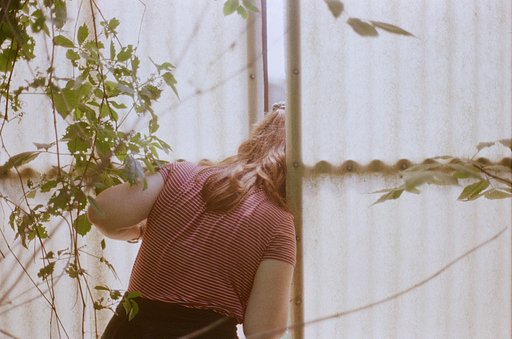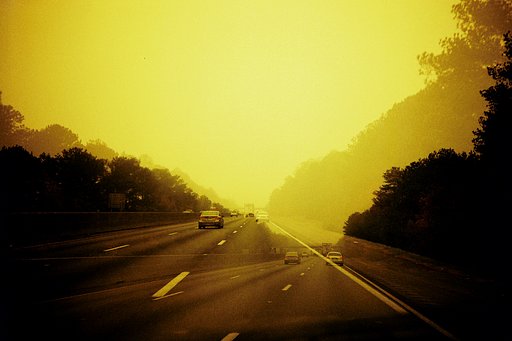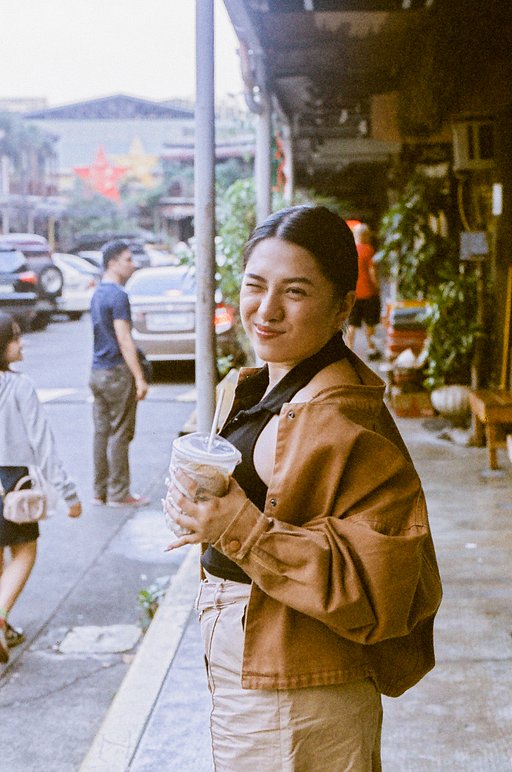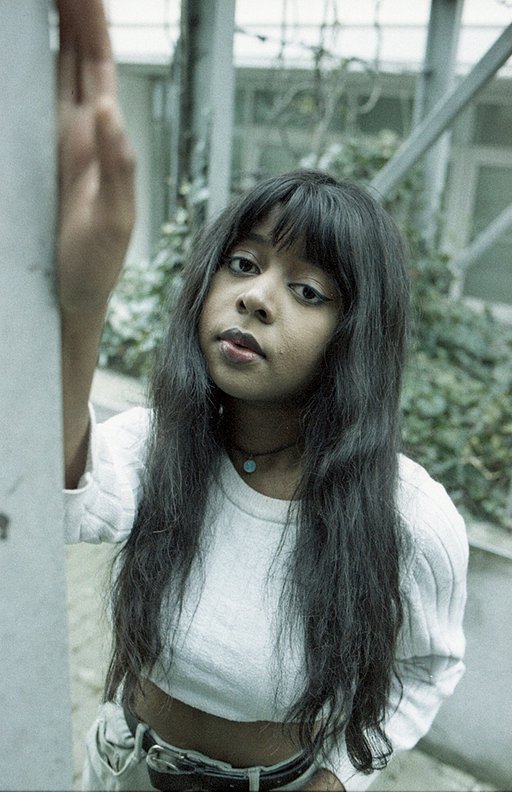Color Chronicles: Perennial Pervenche
10 Share TweetWe introduce to you the color Pervenche. This color should not be confused with lavender, as pervenche is more of a muted blue-violet. This means it has less red in it, with blue being more dominant. More importantly, it's a pastel color. Pervenche or periwinkle was first used in A Dictionary of Color (1930) by Maerz and Paul.
Pervenche is the French word for the color periwinkle and has been used in the English language in the 19th century for naming the flower of the same name. Its name comes from Old Latin, pervinca, while the Britannica Encyclopedia wrote that it may have originated from the Russian word pervinka, meaning "first" as it is one of the first flowers in spring.
The flower which the color pervenche is named from is a popular mystical flower in older civilizations and traditions. It has a rich history in European folk medicine, and the herb was first listed in the CE Roman Herbarium by Apuleius, claiming that the flower is used against devil sickness and demonical possession. pervenche was even named as virgin flower in relation to the Virgin Mary. But in a more practical sense, the flower is known to increase blood flow and oxygen supply of the brain and works as a good astringent,
blood-staunching and against internal bleeding.
For the Victorians in the 19th century, the flower symbolizes the blossoming of friendships and relationships, as well as beginnings. It's often gifted towards friends, family members or platonic loved ones, but the flower may also mean eternal love, especially for Ukranians.
The color pervenche does not come naturally in real life, but that doesn't mean it's difficult to find in photography. That's the advantage of having another extension of your vision -- your camera will find elements that only manifest through the lens. And to achieve the color pervenche in your photographs, simply turn to almost white-colored surfaces such as the sky, sea, or sand. The best times would be during post-twilight or before sunrise, this is because the color of shade is blue. You can also try minimizing light entrance by underexposing.
2018-07-07 #culture #color-chronicles #pervenche


























No Comments